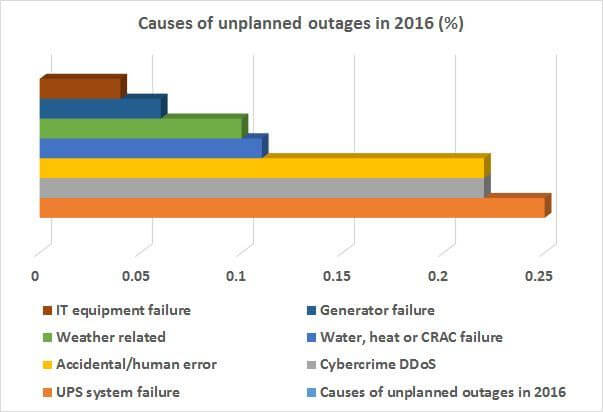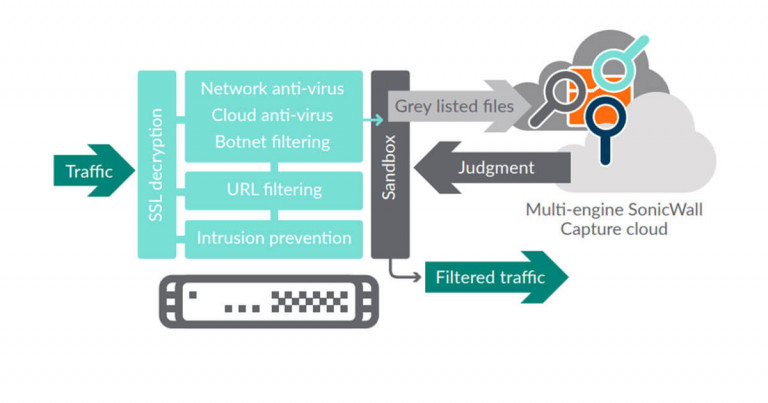
What is BDR?
Any company that relies on their computers and data to be productive faces the risk of losses when IT interruptions occur if they do not have proper mitigation and recovery processes in place. Planning for events like power outages, cyber attacks, employee sabotage and hardware failures gives your team a game plan when things go wrong and helps to ensure your business can still function and your team can turn around the situation quickly. Backup and disaster recovery planning (also sometimes known as an IT contingency planning) involves a combination of data backup, automated failover mechanisms and disaster recovery solutions that are designed to work together. A well planned BDR plan ensures your business uptime, diminish data loss, and maximize productivity in the midst of a major incident causing total or partial downtime. In other words, BDR solutions keeps your business running and gets things back to normal as quickly as possible even during a disaster.What are the effects of not having backup and disaster recovery plan in place?
Lost Productivity
• Downtime for on-site recovery was found to be at least 8 hours on average. • 1 in 4 companies never test their DRPs, leaving a large gap in recovery time. • Customers often move on to your competitors if your company isn't quick to fulfill their needs.Lost Revenue and Business
• 3 out of 4 companies worldwide are in danger of failing to recover data from disaster downtime. • 1 in 10 companies experience reputation damage after data loss from a disaster. • 70% of SMBs go out of business within a year of data loss from a disaster.Reputation Damage and Lost Customers
• $164K average cost per hour for business downtime for the average company. • Retaining your current customer base is less expensive than trying to regain customers who leave your business after a disaster.The costs of IT infrastructure replacement and maintenance are unpredictable without a plan.
What situations to plan for will depend on several factors and will be unique to the way your organization operates. To give you an idea of the most common factors, Gartner has surveyed 1000’s of organizations to determine the most common causes of downtime.
Disaster Recovery and Backup Planning
As an experienced IT service provider and consultancy, we can develop a comprehensive disaster recovery and backup plan that will identify areas of your network that are critical to the productivity of your business as well as a step-by-step plan to resolve disaster situations and increase your network resiliency to failures.













